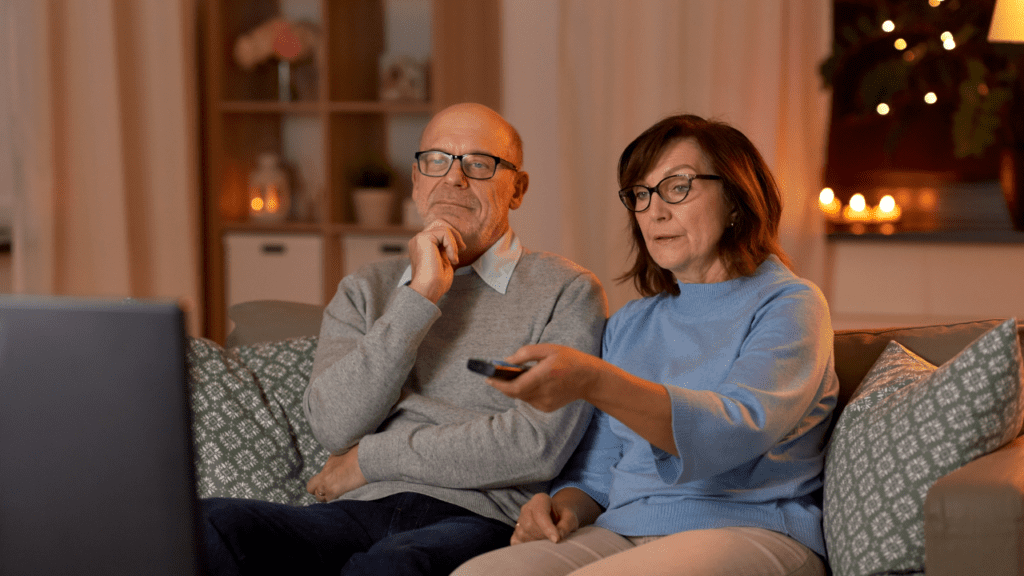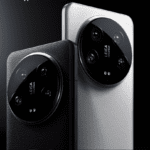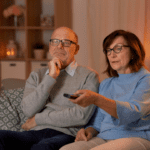Your cart is currently empty!
Making Smart TV friendly for senior citizens can push 2nd Smart TV sales in homes
Posted by
–
A large number of households in India, even in metro cities use a linear TV connected with a cable STB or a DTH connection. Not only in LIG (lower income group) or MIG (middle income group) societies in metros like Delhi and Mumbai as well as hi-tech cities like Bengaluru and Hyderabad, the high-end posh condos and towers having multiple screens in home have one of them powered by a cable STB or a DTH connection.
The reason for this inability to cut the cord despite the infrastructure already available, consumer awareness existing as well as the ability to pay for it, is driven by the fact that the senior citizens (parents / grandparents) dwelling in these homes find Smart TVs extremely unfamiliar to use. Their TV watching habits are starkly different than of millennials, GenZ and now Gen Alpha. The senior citizen members of the family, above age of 60 years watch news at specific time from 1-2 preferred TV channels, along with a soap they follow during the prime time. Then there is also a load of devotional content, besides some segments of health improvement, etc.

For all these programmes they have a linear channel number to remember. If a male senior citizen watches 7pm news in Hindi from a particular TV channel, he will straight away tune into the channel. Similarly, a female senior citizen following her daily soap will tune in at 8 pm to the specific channel number. The TV content consumption pattern of these senior citizens is very linear. They have a particular timetable and a channel to zap into.
This is where the Smart TV makes things difficult for them. Though content discovery has become easy after Android TV started to become the default OS, it still is an effort for users habitual of watching TV in a particular way for over 3 decades. The OTT players tried to link up the live tv within their apps. But players like Sony Liv dropped it and at the same time, this was offered as a premium subscription by these OTT players. The maths simply doesn’t work for the consumers. Even if on the pricing part, some education could help as the consumers start comparing a ₹1499 per annum plan with ₹250 a month plan. The main hiccup is changing the consumption behaviour.
Senior citizens are in the retirement phase of their life. They also at time show a strong resistance to change for various socio-psychological reasons. A simple change suggested in their lifestyle is seen as an aggression in their independence. Also, why should they change their habits? Good or bad. They want to keep their life simple and do not want to bother themselves by learning such trivial technologies with hardly differentiable net effect.
Addressing the senior citizen market is a fantastic opportunity and way for Smart TV industry to increase the number of Smart TVs in several homes. This would mean simply doubling the number of Smart TVs in such homes. A rough estimate done suggests Gurugram alone with have such 15,000 households. Across the country, this might mean selling added 250,000 Smart TVs.
The Smart TV makers need to make the use of these intelligent and connected TVs easier for elderlies. Now what does that mean? Today, any senior citizen who is naturally comfortable with a linear TV must remember at least 3-4 channel numbers of 3 digit each. As an example, there could be channel numbers 104, 214, 298 and 641 that carry favourite programmes of a male senior consumer. For such a person to jump on to a Smart TV, the TV should be able to make this easier. Only then the user will accept that the TV is smart.
Airtel to some extent has tried solving this through their bundled package where they offer Airtel Xtream and a DTH connection so that a typical household could connect the living room TV through a smart STB and the other TV in parents / grandparents room connects using a DTH connection. But then the Xtream is pathetically slow making the millennials and Gen Z users unhappy, who in many cases would be the ones paying for the bills. In this case the customer doesn’t get the expected experience. But a consumer (parent/grandparent) gets.
Smart TV like other smart devices needs to leverage the cohort-based approach of finding sharp concentrated market opportunities. These opportunities will not be as big as the existing segments, but the conversion rate and probability to sell with such an approach is inherently high. Rather than thinking of selling Smart TV to metro households, the OEMs will need to enter beyond the doors and understand which are the consumer cohorts in different rooms watching TV. It will start getting answers and eventually ways of increasing the number of Smart TVs per household which today have the ability to pay for them but are still not excited to own beyond one of them, sometimes owing to social pressure and FOMO of not owning a Smart TV.





Leave a Reply